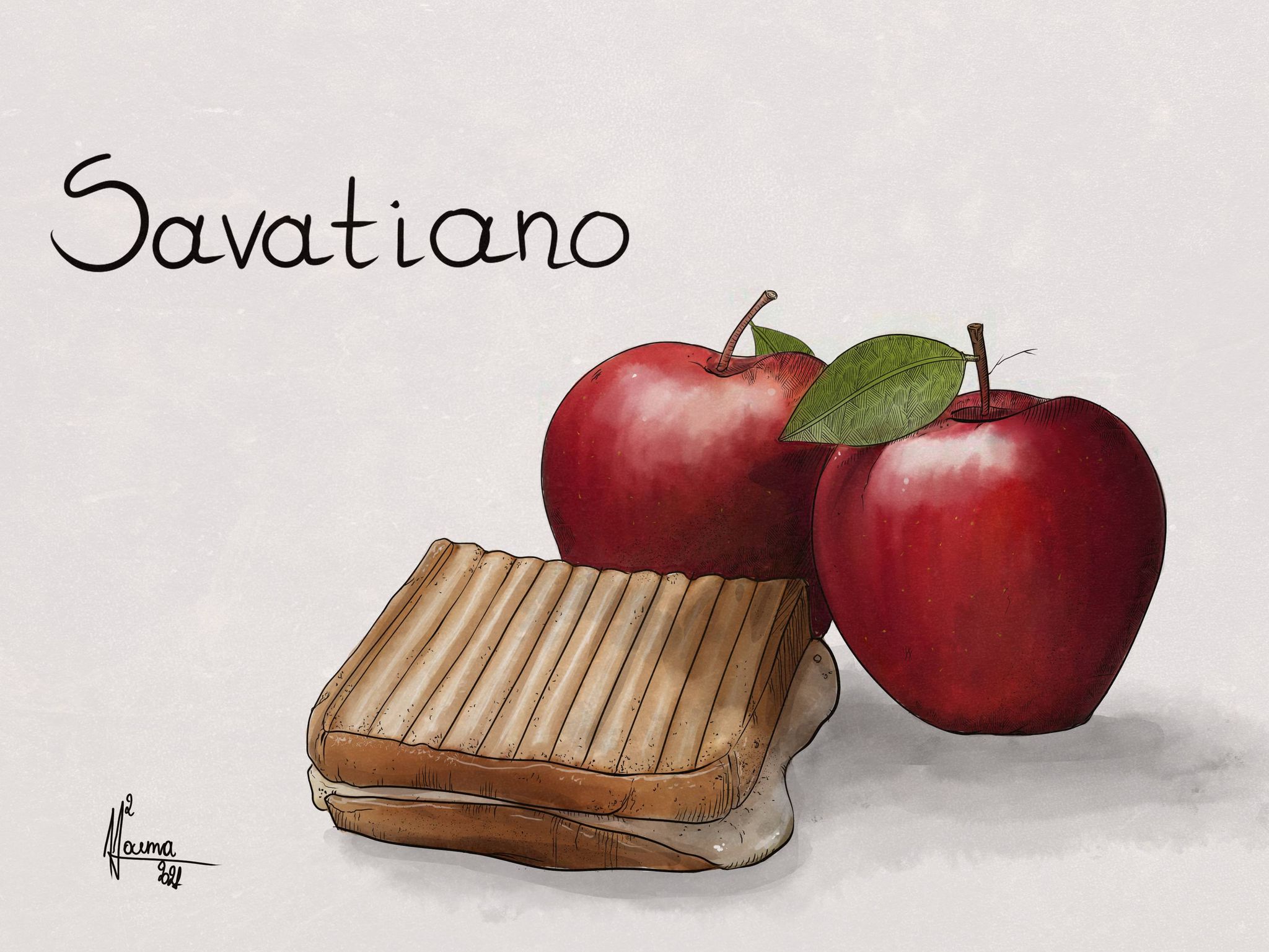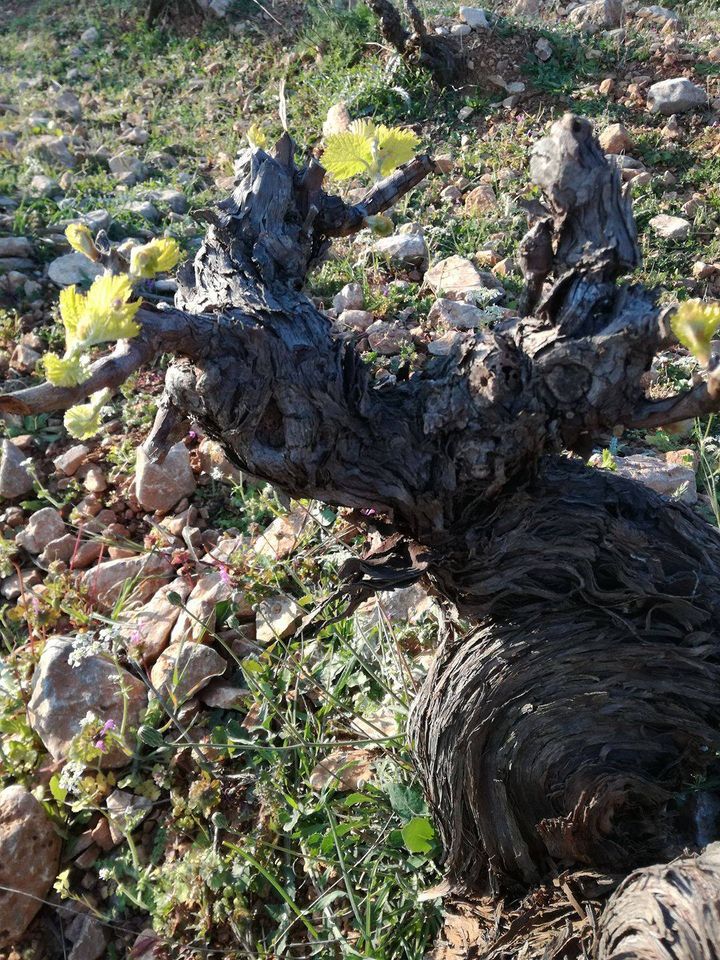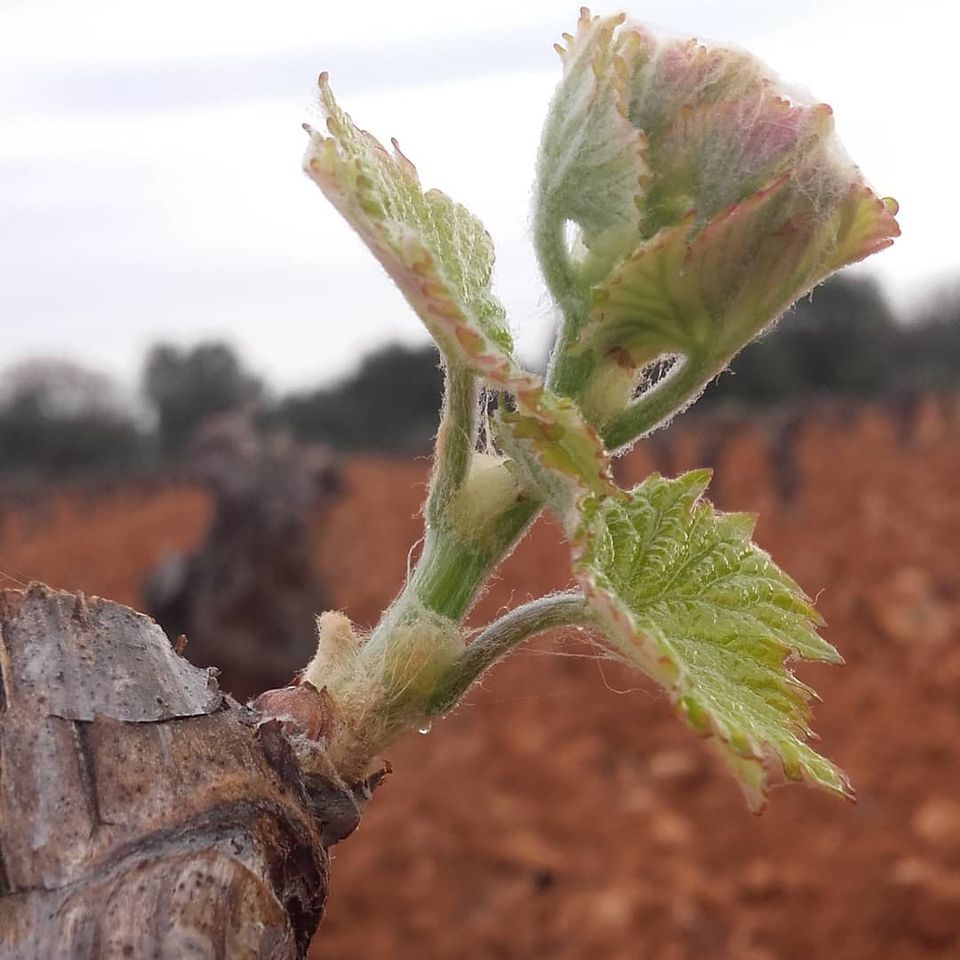
Savatiano
Βy Yiannis Karakasis MW
At a glance
Synonyms: koundoura aspri, sakeiko, savathiano, doubraina aspri, perahoritiko, stamatiano
Attica (Markopoulo, Spata, Stamata, Mesogaia (middle Gaia), Keratea, Pallini, Kantza) is its hometown, but it is also grown extensively in the neighbouring Boeotia. In total, its plantings cover more than a sixth of the Greek vineyard (10,500ha out of a total 63,900). A variety with moderate aromatic intensity, reminiscent of apples, white peach, and even melon when the fruit is riper. Seems to age well, and over time it develops a honey-toasted Hunter Valley Semillon character. Very cleverly oaked or resinated will make the wines remarkably versatile partners to food.
For many decades it has been associated with low-quality Retsina. Still, nowadays, more outstanding care in the vineyard and the winemaking process have assisted the variety to show its character. Consumers are discovering the delicious wines, which come at fantastic prices. Its name is probably its most significant disadvantage. Maybe if we called it Savatianon Blanc (!), it would stand more chance of succeeding commercially. Unlike other varieties (e.g. capricious Xinomavro) Savatiano is easy to handle and to acquire the desired style.
History
Its history starts with the Kampas winery and the Marko cooperative, followed by Vassilis Papagiannakos, who believed in the variety at a time when nobody else seemed to. In 1935 Andreas Kampas, the patriarch of Savatiano produced the first Greek wine destined for ageing in Kantza, Attica. Guess the variety! 100% Savatiano from free-run juice. The book "Andreas Kampas, "the Patriarch of the Mesogaia", tells us that the wine was sealed with sealing wax and aged horizontally for eight years before its release; if I hadn't read this information with my own eyes, I would have found it hard to believe.
Around the same time, Marko (an agricultural cooperative founded in 1831 by the residents of Markopoulo) operates its first winery in 1914 and its first bottling plant in 1917. Between 1900-1910 Vassilis Papagiannakos' grandfather bought land and started to work exclusively with vines. "He struck a deal with two taverns in Athens to cover his distribution, but as the business grew, my father slowly took over. He worked in a more organised way and in 1919 he established a better structure. Actually, this we regard as the founding date of our winery" says the producer.
Château Matsa, an emblematic Greek wine, was released in 1982 (following the acquisition of the Kampas company by Boutari Wines) under the supervision of Roxani Matsa. A wine made exclusively of Savatiano in the unbelievable amount of 200,000 bottles. And, as I like to point out, the icing on the cake is that up until 1992 there was a PDO for Savatiano, Kantza PDO, which no longer exists. This all took place almost 40 years ago, because after those times Savatiano went downhill, both in terms of quality and consequent reputation. Any sense of reliability in the wines made of Savatiano was almost lost until a few years ago. Fast forward to 2020 we have a Savatiano comeback even for Boutari and Matsa; the 2019 vintage indicates a complete reversal of fame and interest in the variety.
Savatiano up-side-down
So what has taken place in the last five years?
- More efforts of the producers of Attica to produce wines from low yielding old vines that exceed 50-60 years of age, as the majority of the vineyard was grafted following its destruction by phylloxera (1959-1961). Most of these are dry-farmed and produce yields that do not exceed 35 hl/ha, on rocky or limestone soils which are responsible for wines with more character.
- The appearance of aged Savatianos by Vassilis Papagiannakos (2008, Ktima 2012), Mylonas (2013), Vassiliou Fume (2011), Markou (Kleftes 1997), Aoton for vintages 2015 and 2017.
- The Gold Medal at the Decanter 2014 Awards for Stamatis Mylonas' vintage 2013; an award that had never been given to Savatiano until that time.
- The appearance and also marketing of a single vineyard Savatiano called Vientzi by Papagiannakos.
- Communication of the variety through the actions of Wines of Athens.
Vassilis Papagiannakos has put enormous effort into making it clear that Savatiano can rise to better quality level if treated with respect and if sourced from suitable mesoclimates. He says that "in Attica with low yields, un-irrigated bush vines of 50 or 60 years old you can get wonderful results".
The Variety
Not as aromatic as Malagousia offering apple and pear aromas along with herbal nuances, according to producer Stamatis Mylonas. Papagiannakos highlights the inherent fruity character of the variety that always shines through, whereas Dimitris Georgas, a biodynamic producer from Spata, emphasises the secondary aromas which are very intense. He also underlines the richness of the body Savatiano wines offer. Sotiris Ginis from Aoton winery argues that the expression depends on the location of the vines; nevertheless, there is a common thread. "It is not a particularly aromatic variety with elegant notes of lemon blossom, pear, apple, and sometimes jasmine".
A productive variety that, according to Stavrakas ampelography can yield 140 hl/ha (up to 70 hl/ha for dry-farmed vines). Pruning is essential; however, research is lacking concerning vine growing decisions. "Most of our actions are empirical", confesses Ginis. It is typically harvested late August to early September depending on vintage conditions and terroir location. Stavrakas informs us that veraison usually takes place in the first ten days of August and harvest after Sept 10th. Papagiannakos points out that it is the perfect variety for climate change as it is disease resistant to both mildews and climatically adaptable to drought conditions.
Terroir
Despite common belief, Savatiano shows sensitivity to terroir. Ginis highlights that Savatiano matures differently from Pikermi (north of El. Venizelos airport) downwards. Indeed, the final wine depends on individual producer methods, but it can be said that:
Keratea in the southern part of Attica, mineral style, an altitude of 180-320m with soils that are clay-gravel over a bedrock of limestone.
Mesogaia (Koropi, Markopoulo, Spata) ripe style with lower altitudes up to 100m. Yields usually of 25-35hl/ha.
Stamata to the north is a very different terroir for Savatiano with a higher altitude (420 meters) compared to Mesogaia and Keratea. There are about 30ha of old Savatiano vines, according to producer Anna Kokotou, which mature later due to the colder climate.
Beyond Attica: Planted in Boeotia and expressed mainly by Samartzis, Muses Estate and Akrioti winery.
Wine Styles
Classic fruity style focusing on primary fruit (stone fruit and tropical fruit), a style championed by Papagiannakos.
Mineral and herbal, more esoteric and lean a style adopted by Mylonas and Kokotos.
Creamy either with lees or oak (few examples with oak as it is has proven to be commercially unpopular).
Skin contact, seen by Aoton (The must is fermented with the skins, but every day a part is removed; think of it as a partial saignée method.), Nikolou and Mylonas.
Pet Nat or Sparkling with interesting examples by Papachristou and Nikolou.
Vrastos, a traditional sweet wine that blended Savatiano with Mandilaria used mostly for religious purposes (Holy Communion). By heating the grapes, sugars were concentrated to21Βe followed by prolonged fermentation for months or years, according to Ginis. Papagiannakos explains the resulting sweet liquid could be added to a fresh-fermenting wine, thus attaining 140g/lt residual sugar.
From the vineyard to the cellar
As discussed above Savatiano was replanted in Attica in the late '50s following the devastating effect of phylloxera in Greece (initiated in 1898 in Northern Greece). 110R rootstock was favoured, which is drought resistant. Georgas states that Savatiano is an undemanding variety which does not require special care. After many decades it has adapted fully to the specific Attica mesoclimate. Ginis brings forth how sensitive the trunks of old vines are. "They are very fragile and sometimes can be easily damaged", he says.
There is a big discussion about the power of old vines, as the vast majority of the Attica vineyard is planted with old vines (>80-90%). Papagiannakos explains that due to urbanisation most growers see grape cultivation as a hobby, so they don't consider replanting. "In our area, it is 25 to 35 hl/ha production. There might be some tiny patches of own-rooted vines still standing", he continues. Despite the power of old vines, this does not necessarily mean that younger vines do not produce quality-driven wines. "Unfortunately, even though old vines possess profound balance, they are counter-productive and if one considers the low prices Savatiano grapes fetch one realises the implications.".
In the cellar, commercial yeasts are used all the less, thus giving wines that are less estery. This is driven by wine experts and in this way the delicate herbal aromas are not overshadowed, says Mylonas. Many examples are acidified to a smaller or higher extent depending on the overall balance and the vintage. Ginis and Mylonas point out that in 2019, a high acid vintage, very few wines needed fine-tuning. Papagiannakos, on the other hand, argues that the variety shows a lot of primary fruit. "I have experimented with various strains of yeasts, and the wine profile is always the same; it focuses on tropical fruit. I find that acidification changes the variety's profile, and therefore I avoid it except for minor fine tunings".
What to taste
Check reviews here.
Notable Producers
Aoton, Frangou, Kokotos, Markou, Matsa(Boutari) Mylonas, Nikolou, Vassiliou, Papagiannakos, Akriotou, Muses Estate, Samartzis
Ageing Potential
Drink the basic wines during the first 1-2 years and cellar those from Attica low yielding, bush - vines for up to 6-8 years. You will be amazed by its nutty Semillon like honeyed character and lovely texture. Papagiannakos suggests that a top example with good quality closure can surpass 15 years, reaching even 20 years!
Today and challenges ahead
Mylonas from Mylonas winery states that the average consumer does not think highly of the variety, whereas wine lovers seem to have taken a liking to it. He argues that Savatiano possesses high commercial dynamics as it can offer wines that are of fantastic value for money. Incomparable to other Greek varieties. Papagiannakos, a pioneer of the variety, confesses, "I am truly hurt by all this negativity I experienced until 2005. With effort and tenacity, we have managed to change things and have proven that Savatiano is a real vin de plaisir, as Roxanne (Matsa) describes it".
The upward trend of Savatiano is confirmed by the fact that it is now found on wine lists in which it would have never been included previously. The new Boutari/Matsa Savatiano has also arrived at the right moment, proving that this is the right time for the variety to seize the opportunity.
A variety adapted to global warming, that is not easily oxidised.
Nevertheless, a couple of weak points remain. The first is associated with cheap Retsina, which contributes to the negative image of the variety, despite the existence of increasingly finer examples (the majority of wines were blends of Savatiano and Roditis). There is a lot of work to be done on the promotional level. Secondly, research is needed in the vineyard, a common issue for most Greek varieties. To the best of my knowledge, there are a couple of projects underway with results expected over the next two years. Professor Kotseridis, in charge of research taking place in Boeotia, says "we have noticed that when there is a high level of ripeness >13.5% abv you get a different profile that resembles Assyrtiko from the mainland; exotic and zesty.





